Wearables Beyond Watches: Smart Jewelry, Bands, Glasses — Discreet Tech
1. Introduction
Wearables have long been dominated by smartwatches. They are powerful, feature-rich, and visible. But in the past few years, there’s been a shift: many users now want wearable tech that is less obvious, more personal, more integrated with fashion or style. Something that tells health data or gives connectivity without the device screaming “I’m high tech.”
Discreet wearables — smart jewelry, minimalist fitness bands, smart rings, subtle smart glasses — are part of this shift. They offer functionality like health tracking, notifications, safety features, sometimes even AR/AI, but with designs that blend into everyday wear, with low visibility, and often with a stronger emphasis on aesthetics and comfort.
This article explores where this trend comes from, the enabling technologies making it possible, real-world examples, the trade-offs, and what the future looks like for these stealth tech wearables.
2. Definitions & Categories
To be on the same page, here are the main types of discreet wearable tech beyond traditional smartwatches:
| Category | Description | Examples / Key Attributes |
|---|---|---|
| Smart Rings | Rings worn on finger; often include sensors for health (HR, HRV, SpO₂, sleep), sometimes NFC / payments. Very discreet; minimal footprint. | Oura Ring, Galaxy Ring. siit.co+3The Verge+3Wikipedia+3 |
| Smart Jewelry / Fashion Bands / Bracelets / Necklaces | Jewelry-like forms (bracelets, necklaces, pendants) that integrate sensors or features (SOS/emergency, notifications, fitness tracking) while looking like accessories. | Bellabeat Ivy, Ringly Aries, InvisaWear safety jewelry. The Lux Journals+3Analytics Insight+3Digital Trends+3 |
| Smart Glasses / Audio Glasses | Eyewear that adds features like audio, camera, microphone, sometimes heads-up or AR display, navigation, notifications. Can be subtle or fashion-oriented. | Ray-Ban Meta, Oakley Meta Vanguard, Meta Ray-Ban Display. Financial Times+3Tom’s Guide+3Reuters+3 |
| Hybrid Bands / Clips / Wearables with Minimal Displays | Slim bands or clips with minimal displays or vibration alerts, sometimes health sensors, often more battery efficient and subtle. | Fitness bands with no big screen; display only when needed. (Less well known examples; band designs in smart Jewellery space.) |
3. Key Technologies & Enabling Advances
Making discreet tech possible takes overcoming many engineering challenges. Here are the key enablers:
- Sensor miniaturization: Smaller optical / PPG sensors, smaller accelerometers, pulse oximeters, etc., allow embedding into rings, jewelry, slim bracelets. For example, Oura Ring uses infrared LEDs and precise algorithms. Wikipedia+2siit.co+2
- Battery and power efficiency: Smaller devices mean smaller battery. Techniques like lower sampling rates, efficient wireless (Bluetooth LE), low-power modes, energy-efficient sensors are critical. Also, devices often optimize for non-continuous but occasional use (wake on movement) to save power.
- Materials and design: Jewelry-style materials (precious metals, metals, ceramics), polish, finish, fashion design matter. Smart rings and bracelets that look like fashion items, not gadgets. Also comfort — devices must feel natural, be water-resistant, durable.
- Wireless communication & sync: Discreet wearables often rely on Bluetooth LE, possibly ultra-low latency BLE, or other protocols; syncing with phone apps; some devices buffer data and upload when possible.
- Privacy and input methods: For glasses and jewelry, discreet control / input (touch gestures, voice, hidden buttons, etc.) plus good privacy practices (camera shut-off, indicator lights, data security). Also for glasses, technical work on optics (waveguides, thin displays). Example: ultra-thin AR glasses design using single-layer diffractive waveguide. arXiv
- Contextual / AI assistance: Wearables that adapt based on environment, that give notifications only when needed, or learn user preferences so they stay out of the way. E.g. smart rings or jewelry that vibrate for specific phone notifications rather than display every alert.
4. Use Cases & User Needs
Why do people choose discreet wearables? What tasks or needs do they fulfill?
- Continuous health and wellness tracking: Sleep, resting heart rate, HR variability, SpO₂, body temperature. People who want health insight without wearing a bulky smartwatch. Example: Oura Ring is often chosen for this. Wikipedia+1
- Style and fashion integration: Wearables that match clothing / accessories; looking good is part of the value. For many users, the device must pass as jewelry or accessory.
- Notifications without distraction: A ring or bracelet that vibrates or subtly alerts, rather than a screen that demands attention. For people who dislike big screens, or want minimal tech.
- Safety / emergency features: Discreet SOS or safety alert devices embedded in jewelry (e.g. InvisaWear). Wearables+1
- Audio / hands-free experiences: Smart glasses that allow listening to music, taking calls, possibly seeing navigation or short notifications, without having to look at phone.
- Privacy-conscious users: Some people want data-tracking health features but are concerned about smartwatch screen visibility, bulk, or that a large smartwatch makes them a target; discreet wearables help mitigate that.
- Extreme portability / minimalism: For travel, working out, sleeping, etc., wearing minimal tech is more comfortable. Rings, small bracelets etc. are easier to wear through sleep, workouts etc.
5. Leading Examples & Brands
Here are some of the noteworthy devices in the discreet wearable tech space as of 2024–2025, what they excel at, and what limitations they carry.
| Product / Brand | What It Offers | Highlights & Strengths | Trade-offs or Weaknesses |
|---|---|---|---|
| Oura Ring | Smart ring focused on health & wellness (sleep tracking, HRV, readiness, body temp etc.) | Very lightweight, comfortable, sleek design; high level of wellness tracking; discreet (looks like jewelry). Wikipedia+1 | Battery life is good but still needs regular charging; no full display; limited for real-time notifications; price is premium. |
| Galaxy Ring (Samsung) | Discreet health tracking via ring form factor | Adds credibility from major brand; brings similar sensor sets as in wearables in smaller package; style + health. The Verge | Possibly limited features compared to full smartwatches; accuracy might lag in active motion; small size limits battery, sensors. |
| Ringly (Aries Smart Ring & Bracelet) | Smart jewelry with notifications + fitness tracking in elegant forms | Fashion-first design; semi-precious stones, gold or metal finishes; decent functionality. Digital Trends | Smaller battery, fewer sensors; more for notification / style than hardcore health metrics; durability of ornament materials may vary. |
| Bellabeat Ivy | Health & wellness bracelet for women, with stress, cycle, activity tracking; elegant design | Soft finish, looks like jewelry; designed for in-day wear, wellness features; good for people focused on looks + health. Analytics Insight+1 | Less visibility for real-time data; limited display; possibly fewer features vs smartwatches. |
| Ray-Ban Meta / Meta Ray-Ban Display / Oakley Meta Vanguard | Smart / AR glasses with audio, camera, notifications; newer ones include displays / gesture control / waterproofing | Combines fashion + tech; glasses form factor is natural; recent Meta launches include features aimed at athletes (Meta Oakley Vanguard) etc. Reuters+2Tom’s Guide+2 | Battery life often limited; weight and bulk matters; privacy concerns (camera facing outward, always listening etc.); must deal with regulations, social acceptance. |
6. Design, Aesthetics & Materials
One of the biggest challenges for wearable technology beyond watches is design balance — creating something beautiful yet functional, fashionable yet durable.
a. Fashion Meets Function
Discreet wearables succeed when they don’t look like gadgets. Designers are now collaborating with jewelry brands, fashion houses, and material scientists to create devices that blend style and technology seamlessly.
For example:
- Bellabeat Ivy uses a gold-finished casing and braided band, easily mistaken for fine jewelry.
- Oura Ring looks like a designer ring with polished titanium or matte black coating.
- InvisaWear necklaces hide SOS technology behind minimalist pendants.
The idea is simple — people want to wear technology that complements their personal style, not something that screams “tech enthusiast.”
b. Materials Matter
Premium materials ensure comfort, durability, and aesthetic appeal. Commonly used materials include:
- Titanium, Stainless Steel & Ceramics: Lightweight, corrosion-resistant, hypoallergenic.
- Gold, Silver & Rose Gold Plating: Adds fashion appeal, particularly for jewelry wearables.
- Silicone & Fabric Bands: For flexibility and sports use.
- Carbon Fiber & Polymer Coatings: Lightweight and scratch-resistant.
The tactile feel and skin-sensitivity considerations make materials a core part of the wearable experience.
c. Comfort and Ergonomics
Unlike phones or laptops, wearables remain in contact with the body 24/7, meaning ergonomics are critical. Edges must be smooth, materials non-irritating, and weight evenly distributed.
For instance, smart rings must not impede finger movement, and smart glasses must maintain balance to avoid pressure on the nose bridge. Even minor discomfort can lead to device abandonment.
7. Functional Challenges & Trade-offs
While discreet wearables have elegance on their side, engineering within such small spaces is extremely difficult.
a. Battery Life vs. Size
Smaller devices mean smaller batteries. Designers face the dilemma of keeping the gadget small enough for comfort while maintaining acceptable battery life.
- Rings usually last 3–7 days on a charge.
- Glasses typically last 4–8 hours due to audio, cameras, or AR displays.
- Jewelry pieces with Bluetooth and sensors might only last 1–2 days.
To compensate, manufacturers are integrating low-power chips, energy-efficient sensors, and optimized Bluetooth protocols (BLE 5.4+).
b. Signal & Sensor Accuracy
Miniaturization affects performance. Smaller photodiodes and light paths can reduce the precision of heart rate or SpO₂ measurements. Motion artifacts (from hand movement or rings slipping) further complicate readings.
Modern wearables use AI-based signal correction — filtering noise, compensating for motion, and calibrating data continuously.
c. Durability & Waterproofing
Consumers expect wearables to survive daily life — showers, sweat, rain, or the occasional drop. IP ratings like IP68 or 5 ATM are becoming standard, though achieving this in such tiny devices remains a feat of micro-engineering.
d. Privacy and Security
Smart glasses with cameras, microphones, and connectivity raise privacy concerns. Manufacturers must ensure clear privacy indicators, on-device data processing, and user consent for recordings.
Discreet tech should feel empowering, not invasive.
8. Smart Glasses: What’s New & What’s Coming
Smart glasses have evolved rapidly from clunky prototypes to sleek, wearable gadgets.
a. From Google Glass to Ray-Ban Meta
The early Google Glass in 2013 failed due to design awkwardness and privacy issues. Fast-forward a decade, and now Ray-Ban Meta, Oakley Meta Vanguard, and Xreal Air 2 Ultra have reinvented the form factor.
They focus on:
- Audio Integration: Built-in speakers for calls & music.
- Gesture or Voice Control: Touch-sensitive frames, “Hey Meta” voice prompts.
- Light AR Overlays: Navigation, notifications, translation text.
- AI Integration: Scene recognition, smart assistant, or visual search.
These advances make glasses less sci-fi and more lifestyle-friendly.
b. Real Use Cases
- Cyclists & Runners: Heads-up navigation or performance metrics.
- Professionals: Hands-free calls, field data overlays.
- Travelers: Instant translation displayed in lens.
- Creators: POV video capture with AI-based stabilization.
c. Remaining Hurdles
Battery, heat dissipation, and privacy remain unsolved challenges. But materials like graphene for heat spread and micro-OLED displays for low-power visuals are improving the experience.
Experts predict that by 2027, smart glasses will be as common as Bluetooth earbuds are today — discreet, useful, and socially acceptable.
9. Smart Jewelry & Bands: Deep Dive
a. Health & Wellness Focus
Most jewelry wearables track heart rate, HRV, sleep patterns, menstrual cycles, or stress. Devices like Bellabeat Ivy and Fitbit Luxe target wellness more than athletics — elegant yet functional.
b. Safety-Oriented Devices
Women’s safety wearables such as InvisaWear or MySafetipin Band send emergency alerts with GPS location to contacts upon double-tapping or pressing hidden buttons.
In some models, silent alerts prevent attackers from noticing.
c. Connectivity Features
Smart rings and jewelry often include NFC for payments or access control. Imagine unlocking your home door or making a payment simply by tapping your ring — no phone needed.
Companies like McLEAR, Token Ring, and Oura (with NFC features in 2025 models) are pioneering this.
d. Fashion Collaboration
Brands are blending couture and tech — think Swarovski + Bellabeat, Michael Kors + Fossil Group, and Tag Heuer’s Connected jewelry series.
This merging of aesthetic craftsmanship with digital function symbolizes the true essence of discreet technology.
10. Regulatory, Privacy & Ethical Considerations
The next wave of wearable innovation must address data privacy, biometric consent, and ethical AI.
- Biometric Data Protection: Heart rate, sleep, and stress data are personal health metrics. Companies must comply with GDPR, HIPAA, and local privacy laws.
- Recording & Consent: Smart glasses with video/audio recording must ensure transparency — indicator LEDs, permissions, and encryption.
- Cloud vs. Edge Processing: More devices are moving to edge AI, processing health and motion data locally instead of sending it to the cloud. This enhances both privacy and speed.
- Sustainability: Ethical sourcing of materials (metals, batteries), and repairability, are becoming key. Expect regulations pushing eco-friendly design by 2030.
11. How to Choose the Right Discreet Wearable
When selecting your next smart jewelry or glasses, consider:
| Factor | Why It Matters | What to Look For |
|---|---|---|
| Purpose | Fitness? Style? Safety? Health? | Identify your core need first. |
| Battery Life | Avoid daily charging. | Minimum 3–5 days for rings/bands, 6+ hours for glasses. |
| Compatibility | Syncs with iOS/Android/AI platforms. | Bluetooth LE 5+, Matter or standard protocols. |
| Privacy & Security | Protect your personal data. | Encrypted communication, edge processing. |
| Durability | You’ll wear it daily. | Waterproof (IP67+), scratch-resistant. |
| Design & Comfort | You won’t wear it if it’s ugly. | Choose style and size matching your lifestyle. |
12. Future Trends in Discreet Wearables
The next 5–10 years will transform discreet wearable tech into invisible intelligence.
a. AI Integration
AI will personalize every aspect — stress management, health forecasting, or automatic environmental adaptation (e.g., adjusting lighting or sending hydration reminders).
b. Seamless Ecosystem Connectivity
Smart rings and glasses will integrate with Matter & IoT frameworks, syncing with home devices, cars, and voice assistants. Example: walk into your house, and your ring triggers lighting and climate preferences.
c. Energy Harvesting
Expect battery-free wearables using body heat, motion, or solar cells embedded in jewelry to extend battery life indefinitely.
d. Micro-Displays & Augmented Fashion
Future jewelry might project minimal data via micro-LED dots or holographic surfaces — a ring that projects your heart rate or a necklace that glows based on emotion detection.
e. Neurotech Integration
Wearables may soon integrate EEG sensors into discreet accessories for mental wellness, meditation, or cognitive feedback.
13. Conclusion: Discreet Tech, Empowered Living
The wearable market is entering its most exciting phase yet — where technology disappears, and experience shines.
Smart jewelry, bands, and glasses represent the shift from visible technology to intimate intelligence — helping people live healthier, safer, and more connected lives without sacrificing style.
Discreet wearables mark the next evolution of human-tech interaction — one that’s personal, aesthetic, and seamlessly integrated into daily life.
Share this content:
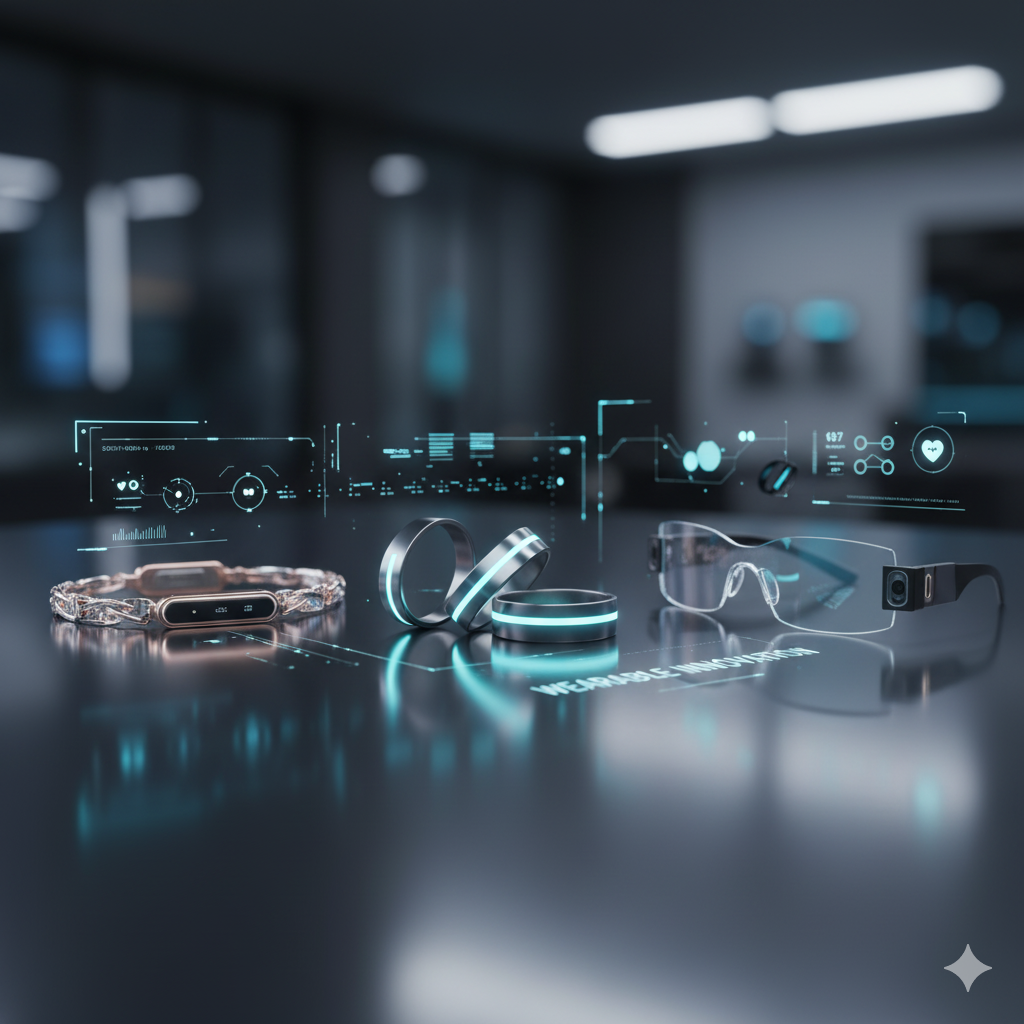

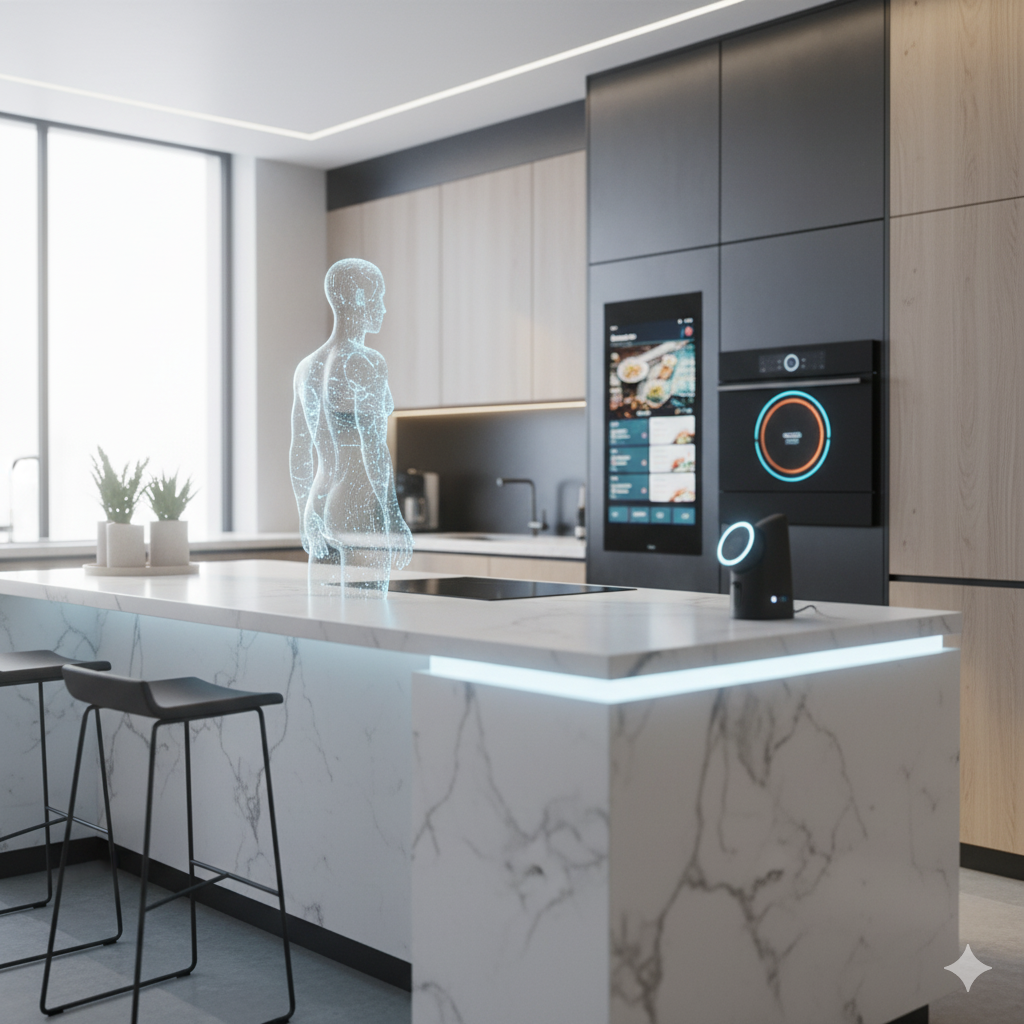


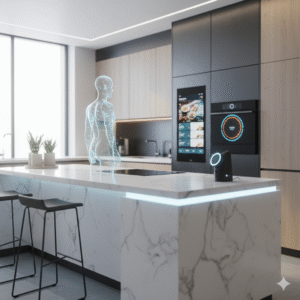
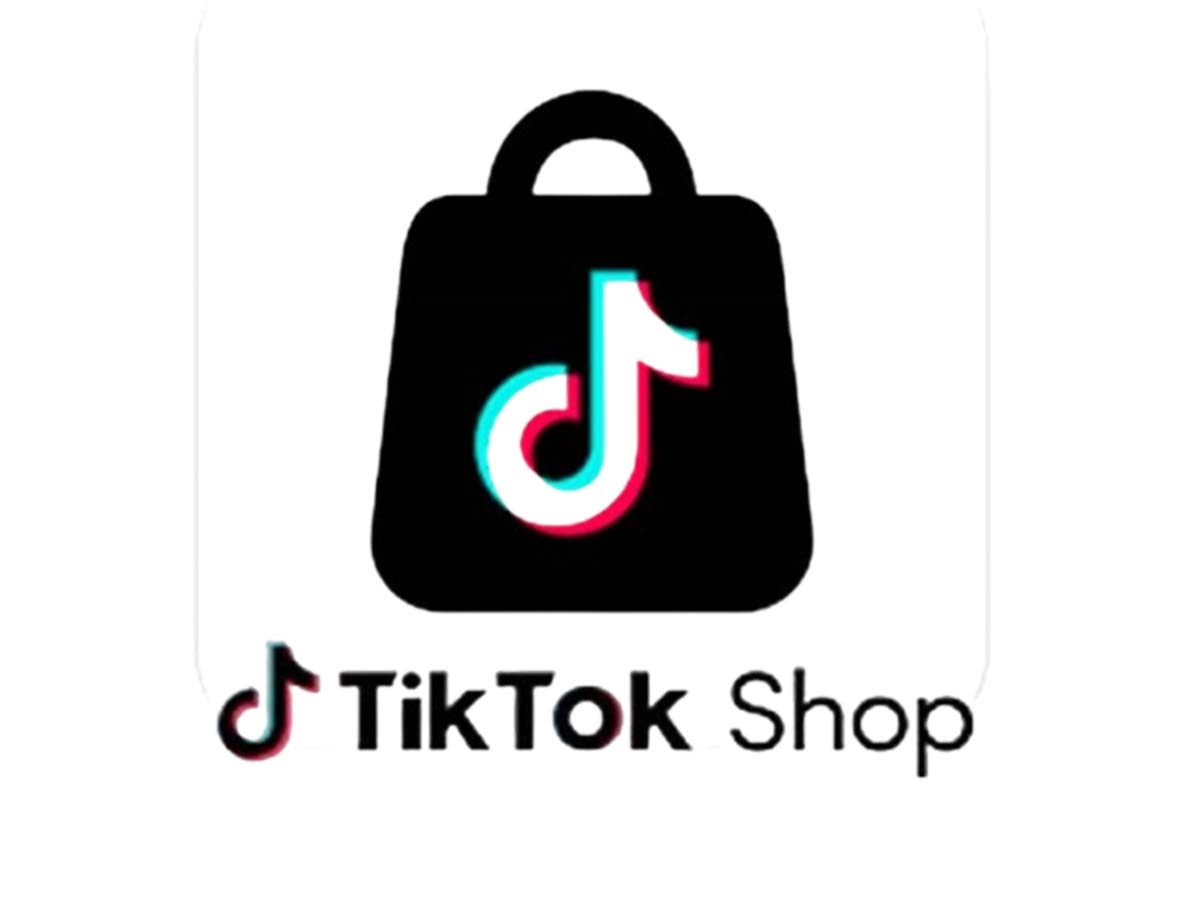



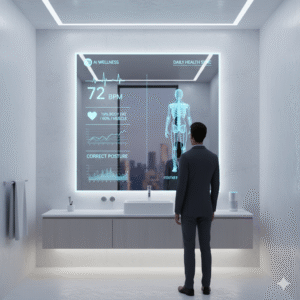
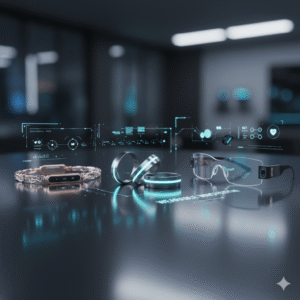

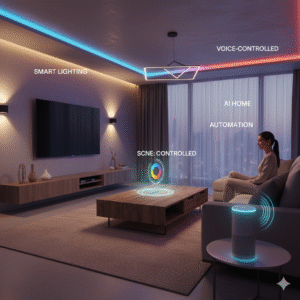
Post Comment